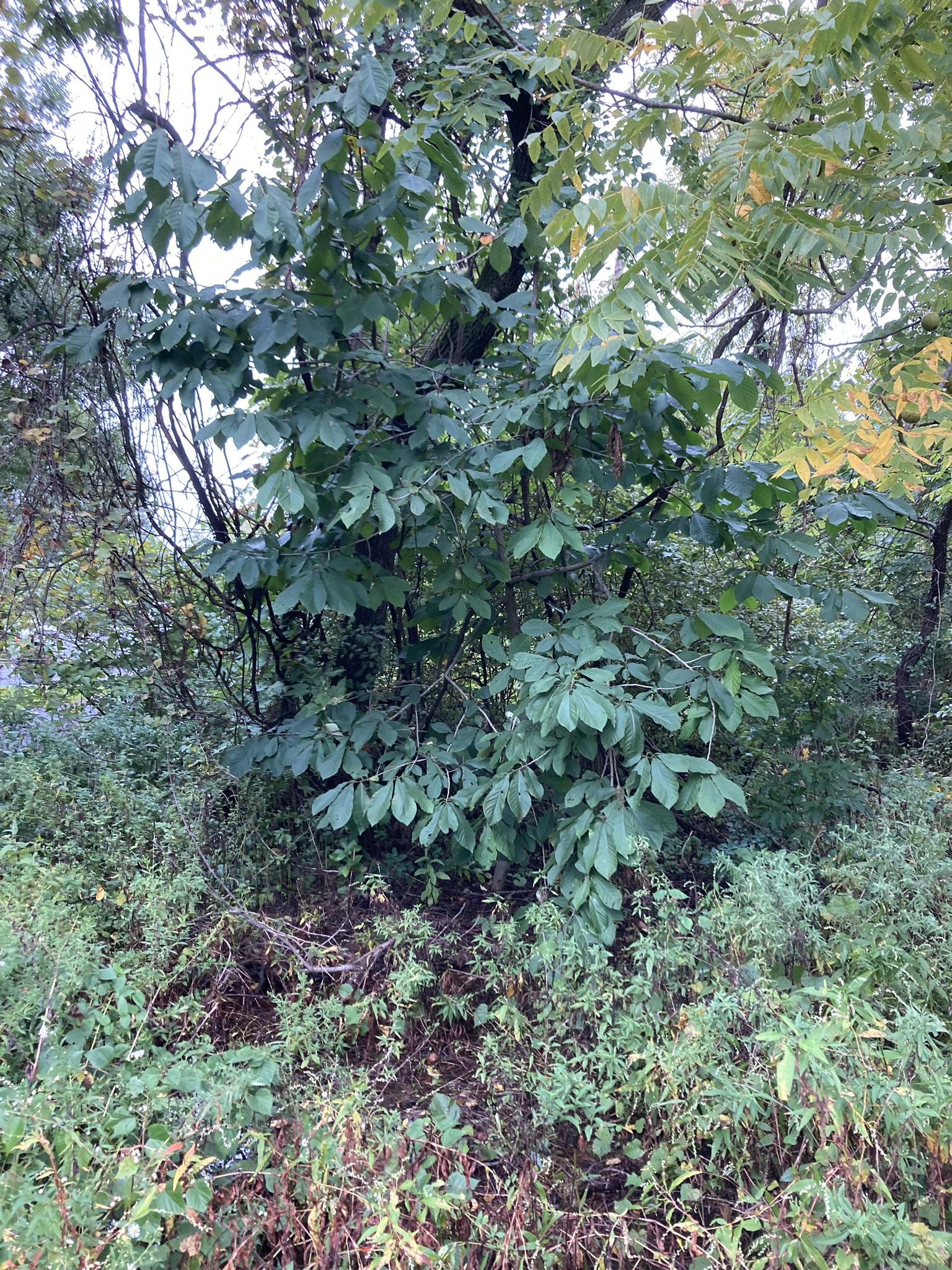 Image 1 of 10
Image 1 of 10

 Image 2 of 10
Image 2 of 10

 Image 3 of 10
Image 3 of 10

 Image 4 of 10
Image 4 of 10

 Image 5 of 10
Image 5 of 10

 Image 6 of 10
Image 6 of 10

 Image 7 of 10
Image 7 of 10

 Image 8 of 10
Image 8 of 10

 Image 9 of 10
Image 9 of 10

 Image 10 of 10
Image 10 of 10











White Oak
🌳 Quercus alba (White Oak)
Large Deciduous Tree | Eastern North American Native | Keystone Species | Long-Lived & Biodiverse
Highlights for Native Plant Enthusiasts:
🐛 Supports 500+ species of native Lepidoptera—a top-tier host for moths and butterflies
🐿 Sweet, low-tannin acorns—highly favored by deer, blue jays, turkeys, squirrels, and bears
🐦 Nests and shelters for cavity-nesting birds and forest-dwelling mammals
🍂 Leaves turn deep red to soft violet-bronze in fall—stunning seasonal color
🌳 Foundation species in oak–hickory forests, savannas, and upland woodlands
🌱 Long-lived (often 300+ years) with deep taproots and incredible drought tolerance
Growing Information:
Height: 60–100 ft | Spread: 50–90 ft
Soil: Prefers deep, well-drained loams but highly adaptable to dry, rocky, or clay soils
Light: Full sun to light shade
Zones: 3–9
Type: Majestic deciduous canopy tree
Growth Rate: Slow to moderate; worth the wait
Why Native Growers Love It:
Quercus alba is a keystone of eastern North American ecology—powering food webs from the canopy to the forest floor. Its acorns mature in one season, providing early autumn mast for wildlife, and its foliage feeds a staggering number of native insects. These in turn nourish nesting birds and their young, making white oak one of the most ecologically valuable trees you can plant.
With its stately presence, deeply ridged bark, and broad canopy, it’s ideal for reforestation, native savanna restoration, climate-resilient landscaping, and long-term biodiversity stewardship.
A single mature 300 year old tree can produce several hundred pounds of acorns per year. The benefits planting an oak is myriad, but what is especially noteworthy about white oaks is their resistance to many oak diseases. Thanks to their closed cell structure, invaders have an extremely difficult time working their way through the tree. This make the White Oak a reliable addition to any landscape.
Think about what you can do for the environment by planting a single oak tree. YOU personally will be responsible for making hundreds of pounds of food for local wildlife year-after-year, for HUNDREDS of years!
🛒 Plant Quercus alba—build habitat, grow history, and leave a legacy rooted in the wild.
🌳 Quercus alba (White Oak)
Large Deciduous Tree | Eastern North American Native | Keystone Species | Long-Lived & Biodiverse
Highlights for Native Plant Enthusiasts:
🐛 Supports 500+ species of native Lepidoptera—a top-tier host for moths and butterflies
🐿 Sweet, low-tannin acorns—highly favored by deer, blue jays, turkeys, squirrels, and bears
🐦 Nests and shelters for cavity-nesting birds and forest-dwelling mammals
🍂 Leaves turn deep red to soft violet-bronze in fall—stunning seasonal color
🌳 Foundation species in oak–hickory forests, savannas, and upland woodlands
🌱 Long-lived (often 300+ years) with deep taproots and incredible drought tolerance
Growing Information:
Height: 60–100 ft | Spread: 50–90 ft
Soil: Prefers deep, well-drained loams but highly adaptable to dry, rocky, or clay soils
Light: Full sun to light shade
Zones: 3–9
Type: Majestic deciduous canopy tree
Growth Rate: Slow to moderate; worth the wait
Why Native Growers Love It:
Quercus alba is a keystone of eastern North American ecology—powering food webs from the canopy to the forest floor. Its acorns mature in one season, providing early autumn mast for wildlife, and its foliage feeds a staggering number of native insects. These in turn nourish nesting birds and their young, making white oak one of the most ecologically valuable trees you can plant.
With its stately presence, deeply ridged bark, and broad canopy, it’s ideal for reforestation, native savanna restoration, climate-resilient landscaping, and long-term biodiversity stewardship.
A single mature 300 year old tree can produce several hundred pounds of acorns per year. The benefits planting an oak is myriad, but what is especially noteworthy about white oaks is their resistance to many oak diseases. Thanks to their closed cell structure, invaders have an extremely difficult time working their way through the tree. This make the White Oak a reliable addition to any landscape.
Think about what you can do for the environment by planting a single oak tree. YOU personally will be responsible for making hundreds of pounds of food for local wildlife year-after-year, for HUNDREDS of years!
🛒 Plant Quercus alba—build habitat, grow history, and leave a legacy rooted in the wild.































